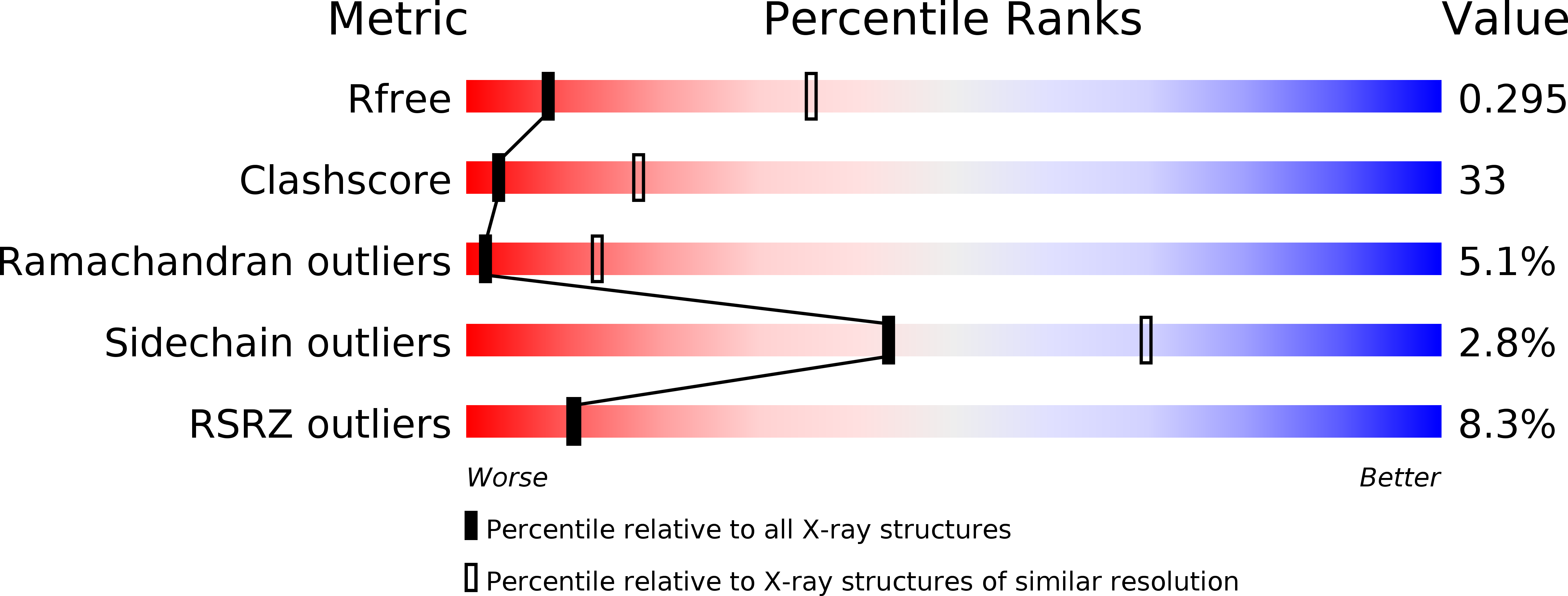
Deposition Date
2002-05-03
Release Date
2002-06-19
Last Version Date
2024-02-14
Entry Detail
Biological Source:
Source Organism:
Methanothermobacter thermautotrophicus (Taxon ID: 145262)
Host Organism:
Method Details:
Experimental Method:
Resolution:
3.30 Å
R-Value Free:
0.31
R-Value Work:
0.30
R-Value Observed:
0.30
Space Group:
P 61


